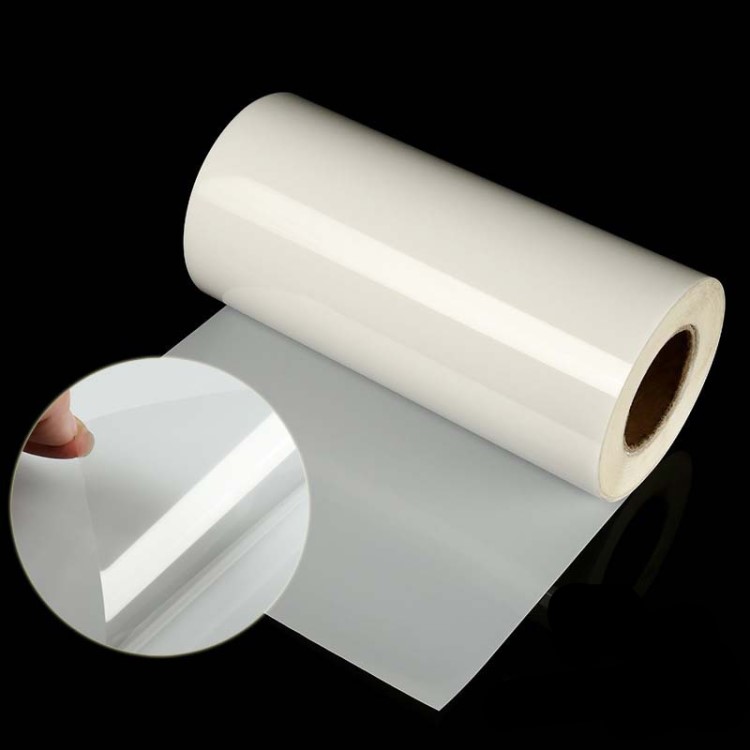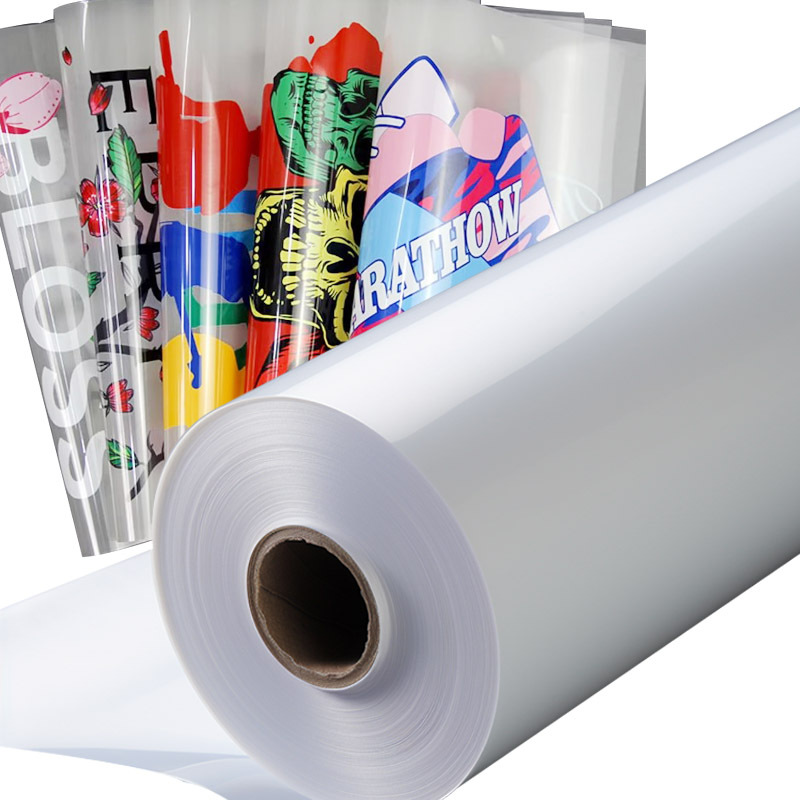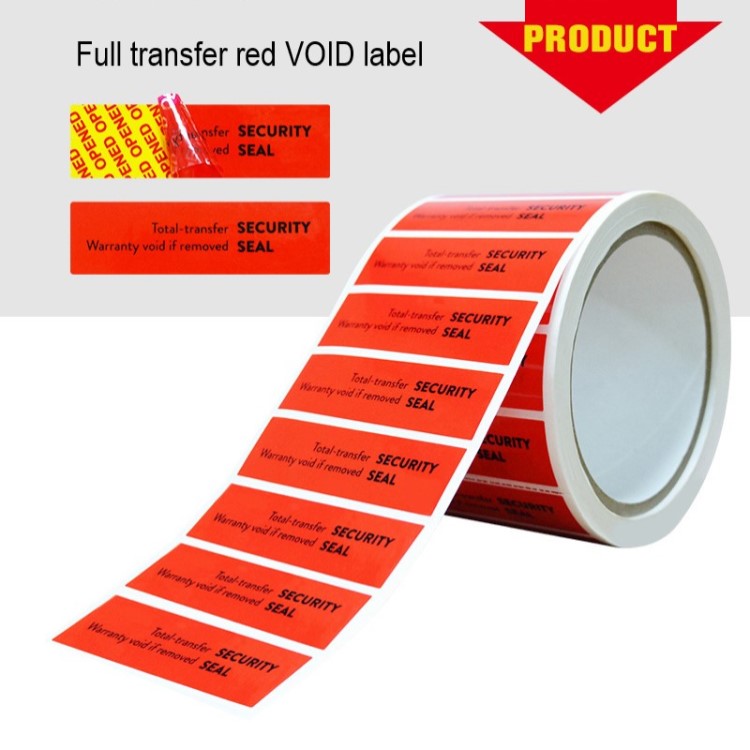High-Temperature Resistant Labels for PCBs: Ensuring Reliability and Safety
Introduction:
In the fast-paced world of electronics manufacturing, printed circuit boards (PCBs) play a crucial role. PCBs are used in a wide range of applications, from consumer electronics to aerospace and automotive industries. With the increasing complexity and miniaturization of electronic components, it becomes essential to label PCBs accurately for identification, traceability, and safety purposes. However, the harsh operating conditions and high temperatures that PCBs are subjected to can pose a challenge for traditional labels. This article explores the importance of high-temperature resistant labels for PCBs and their role in ensuring reliability and safety.The Need for High-Temperature Resistant Labels:
PCBs are often exposed to high temperatures during various stages of their lifecycle, including assembly, reflow soldering, and operation. Traditional labels, such as paper-based or low-temperature resistant labels, may not withstand these extreme conditions, leading to label degradation, loss of legibility, and potential risks. High-temperature resistant labels are specifically designed to withstand these challenging environments, providing a reliable solution for labeling PCBs.The Benefits of High-Temperature Resistant Labels:
1. Enhanced Durability: High-temperature resistant labels are made from specialized materials that can withstand extreme temperatures without compromising their integrity. These labels are resistant to heat, chemicals, moisture, and abrasion, ensuring long-lasting durability even in the harshest environments. 2. Legibility and Traceability: Proper labeling is essential for efficient inventory management, quality control, and traceability of PCBs. High-temperature resistant labels maintain their legibility, ensuring that vital information, such as part numbers, barcodes, and serial numbers, remain visible and scannable throughout the PCB's lifecycle. 3. Safety Compliance: In industries where safety is critical, such as automotive or aerospace, high-temperature resistant labels play a crucial role in ensuring compliance with industry standards and regulations. These labels can withstand the high temperatures generated during operation, preventing label failure and potential hazards.Choosing the Right High-Temperature Resistant Labels:
When selecting high-temperature resistant labels for PCBs, several factors should be considered: 1. Temperature Range: Different PCB applications may require labels with varying temperature resistance. It is essential to choose labels that can withstand the specific temperature range to which the PCB will be exposed. 2. Adhesive Properties: The adhesive used in high-temperature resistant labels should be capable of bonding securely to the PCB surface, even under extreme temperatures and harsh conditions. It should also be resistant to chemicals and solvents commonly used in the manufacturing process. 3. Label Design and Printing: High-temperature resistant labels should be designed and printed with high-quality materials and inks that can withstand the intended temperature range. The label design should consider factors such as barcode readability, font size, and overall label size.Conclusion:
In the demanding world of electronics manufacturing, high-temperature resistant labels are essential for ensuring reliability, safety, and compliance. These labels provide enhanced durability, legibility, and traceability, even in extreme temperature environments. By choosing the right high-temperature resistant labels, manufacturers can ensure that their PCBs are properly identified, tracked, and operate safely. As the electronics industry continues to evolve, the importance of high-temperature resistant labels for PCBs will only grow, supporting the advancement of technology and innovation. (Note: This article is purely informative and does not endorse any specific product or brand.)We offer comprehensive technical support, including free professional labeling solutions, advice on label materials and adhesive selection, as well as online/offline assistance from professional software and hardware engineers. Service email: andy@ownlikes.cn. In pre-sales, we leverage our extensive experience in specialty labeling projects to provide clients with the most suitable hardware solutions. Additionally, all our label barcode printers and scanners come with a three-year free warranty, demonstrating our confidence in our products.






This site is protected by reCAPTCHA and the Google Privacy Policy and Terms of Service apply.